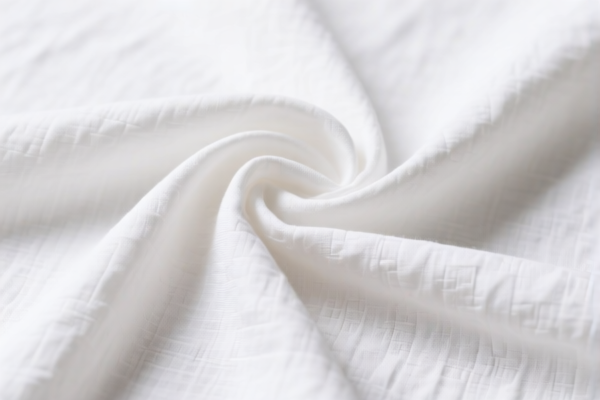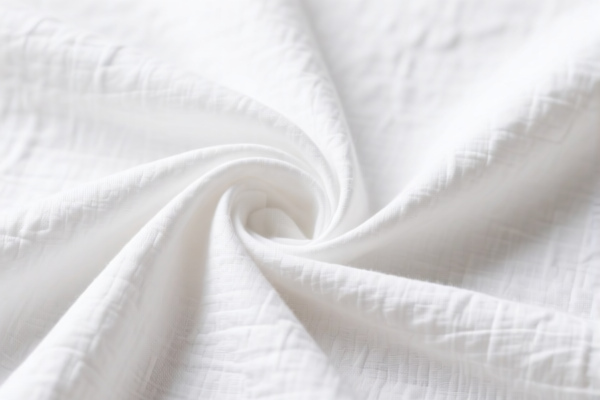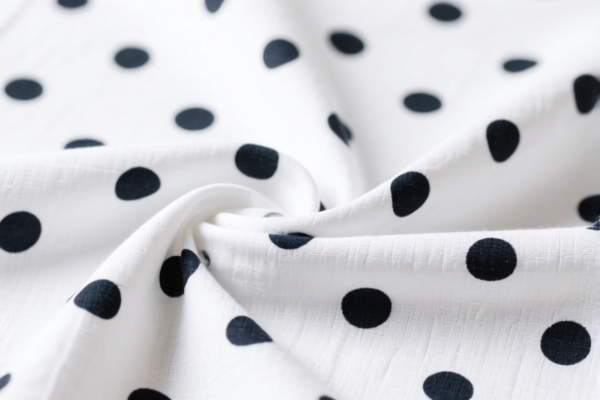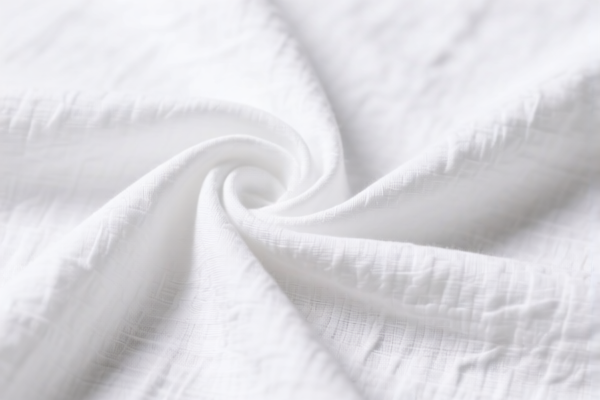| HS Code | Official Doc | Tariff Rate | Origin | Destination | Effective Date |
|---|---|---|---|---|---|
| 3926904000 | Doc | 32.8% | CN | US | 2025-05-12 |
| 3926909910 | Doc | 42.8% | CN | US | 2025-05-12 |
| 3921190010 | Doc | 61.5% | CN | US | 2025-05-12 |
| 3921904010 | Doc | 34.2% | CN | US | 2025-05-12 |
| 6815994170 | Doc | 55.0% | CN | US | 2025-05-12 |




Plastic Filter Cotton
Plastic filter cotton, more commonly known as polypropylene filter cotton, is a widely used filtration medium employed in diverse applications. It is a synthetic fiber derived from polypropylene plastic.
Material:
The primary component is polypropylene (PP), a thermoplastic polymer. It often takes the form of a spunbond nonwoven fabric, though other constructions exist. Variations include the addition of other polymers for specific properties.
Purpose:
Its main purpose is to remove particulate matter from liquids or gases. It functions as a mechanical filter, trapping particles based on size exclusion. It is not typically used for chemical filtration or adsorption, though activated carbon can be incorporated into the cotton for that purpose.
Function:
Polypropylene filter cotton operates through a combination of several mechanisms:
- Surface Filtration: Larger particles are captured on the surface of the fibers.
- Depth Filtration: Smaller particles are trapped within the fiber matrix.
- Inertial Impaction: Particles collide with fibers due to fluid flow.
- Diffusional Interception: Very small particles move randomly and collide with fibers.
Usage Scenarios:
- Water Filtration: Pre-filtration for RO systems, sediment filters for well water, whole-house water filters, aquarium filters.
- Air Filtration: HVAC systems, air purifiers, dust collection.
- Industrial Filtration: Filtration of process fluids, paint filtration, chemical processing (with appropriate chemical resistance).
- Automotive Filtration: Cabin air filters, fuel filters.
- Laboratory Filtration: Sample pre-filtration, clarification of solutions.
Common Types:
- Meltblown Filter Cotton: Produced by extruding molten polypropylene to create very fine fibers, offering high surface area and excellent particle capture. Common in air and water filtration.
- Spunbond Filter Cotton: Fibers are spun and bonded together, resulting in a more robust and durable filter. Used in a wider range of applications.
- Spunbond Meltblown Composite Filter Cotton (SMS): Combines the benefits of both spunbond and meltblown layers, providing a combination of high filtration efficiency and durability.
- Pleated Filter Cotton: Cotton is folded into pleats to increase surface area within a given volume.
- Wound Filter Cotton: Cotton is wound around a core, offering a high dirt-holding capacity.
- Activated Carbon Filter Cotton: Polypropylene cotton impregnated with activated carbon for removal of chlorine, organic compounds, and other contaminants.
Properties:
- Chemical Resistance: Generally resistant to many acids, bases, and solvents, but compatibility should be verified for specific chemicals.
- Temperature Resistance: Typically suitable for temperatures up to 80°C (176°F).
- Low Extractables: Releases minimal substances into the filtered fluid.
- Cost-Effective: Relatively inexpensive compared to other filtration media.
- Disposability: Typically disposable, although some can be backwashed for extended use.
Plastic filter cotton can be classified under several HS codes based on its composition and application. Here's a breakdown of potential classifications, strictly based on the provided reference material:
-
3926904000: This code covers “Other articles of plastics and articles of other materials of headings 3901 to 3914: Other: Imitation gemstones”. While not a direct match, if the plastic filter cotton is manufactured to resemble a gemstone in some way (e.g., for decorative purposes within a filtration system), this code could apply. The total tax rate is 32.8% (Base tariff: 2.8%, Additional tariff: 0.0%, Post-April 2, 2025, Additional tariff: 30%).
-
3926909910: This code covers “Other articles of plastics and articles of other materials of headings 3901 to 3914: Other: Other Laboratory ware”. If the plastic filter cotton is specifically designed and sold for use in laboratory filtration processes, this code is applicable. The total tax rate is 42.8% (Base tariff: 5.3%, Additional tariff: 7.5%, Post-April 2, 2025, Additional tariff: 30%).
-
3921190010: This code covers “Other plates, sheets, film, foil and strip, of plastics: Cellular: Of other plastics Microporous sheets of polyethylene or polypropylene film”. If the plastic filter cotton is manufactured as a microporous sheet of polyethylene or polypropylene film, this code is relevant. The total tax rate is 61.5% (Base tariff: 6.5%, Additional tariff: 25.0%, Post-April 2, 2025, Additional tariff: 30%).
-
3921904010: This code covers “Other plates, sheets, film, foil and strip, of plastics: Other: Other: Flexible Reinforced with paper”. If the plastic filter cotton is a flexible sheet reinforced with paper, this code may be applicable. The total tax rate is 34.2% (Base tariff: 4.2%, Additional tariff: 0.0%, Post-April 2, 2025, Additional tariff: 30%).
HS Code Breakdown (based on the reference material):
- 39: This chapter covers plastics and articles thereof.
- 26: This heading specifically covers other articles of plastics.
- 90: This subheading further specifies "other" articles within the 3926 heading.
- 40: This further specifies imitation gemstones.
- 99: This further specifies other laboratory ware.
- 19: This further specifies cellular plastics.
- 00: This further specifies microporous sheets.
- 40: This further specifies flexible reinforced with paper.
According to the provided reference material, the HS code options related to 'plastic filter cotton' are limited, with only the following 4 found. It is crucial to accurately determine the material composition (polyethylene, polypropylene, etc.) and intended use (general filtration, laboratory use, etc.) to select the most appropriate HS code.
Customer Reviews
No reviews yet.